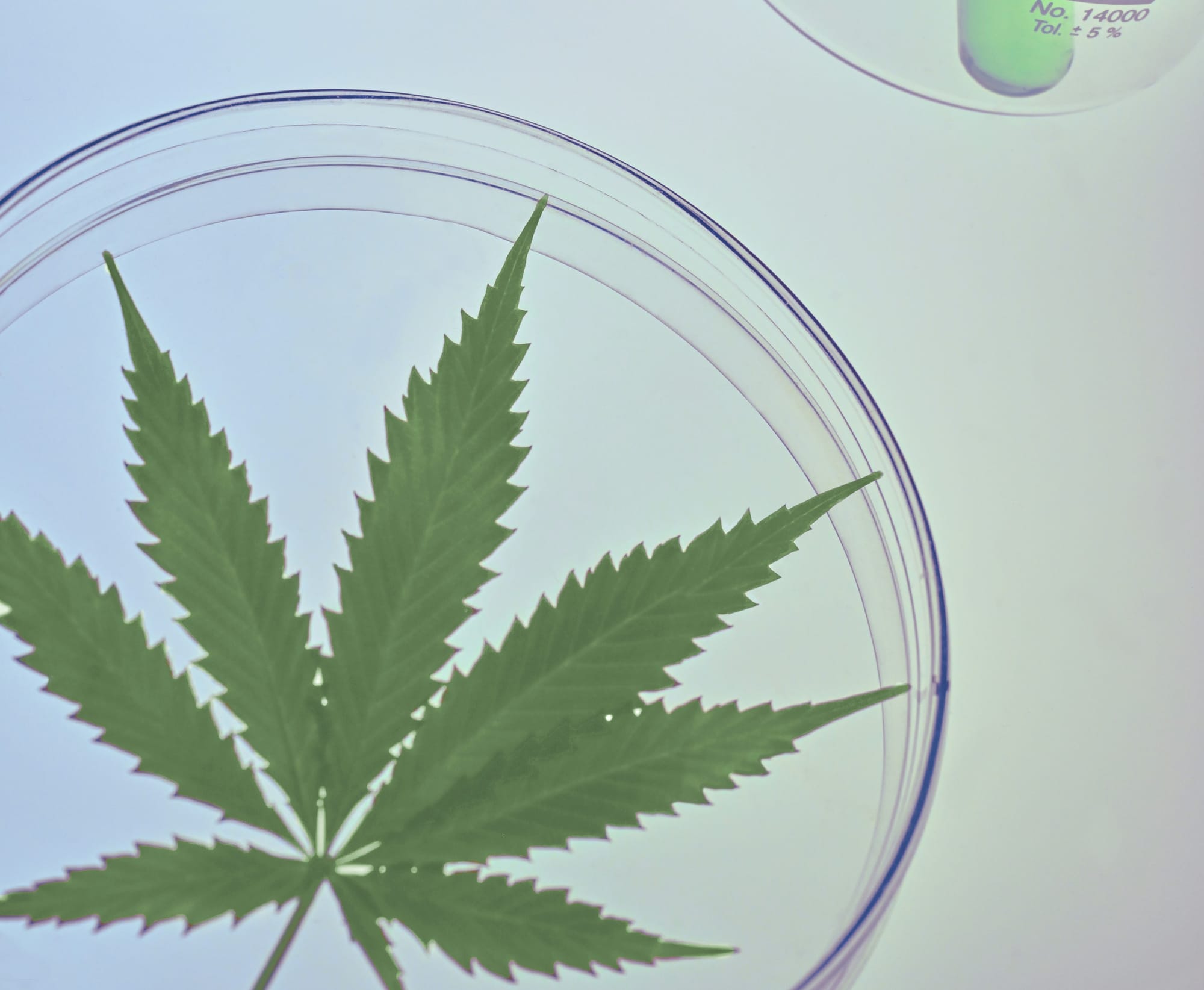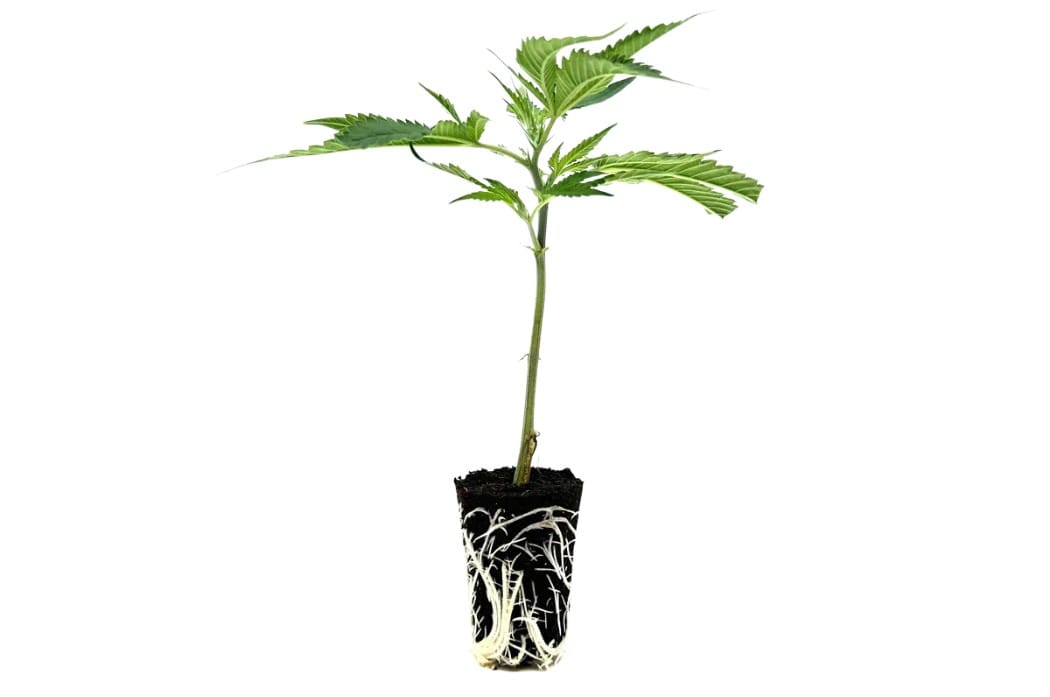First evaluations of Germany’s cannabis legislation (CanG)
The effects of the new Cannabis Act (CanG) in Germany are being evaluated since January 2025. This includes the effects on cannabis consumption, youth protection, road safety and crime statistics?

Since January 2025, scientists from the Centre for Interdisciplinary Addiction Research (Zentrum der Interdisziplinären Suchtforschung - ZIS) have been meticulously assessing the implications of Germany's new cannabis legislation, known as CanG. At a recent specialist conference, Jakob Manthey, coordinator of the evaluation project Ekocan, provided initial insights into the highly anticipated assessment.

One primary question at the heart of the evaluation is determining causal relationships: How exactly has CanG influenced cannabis consumption, youth protection, road safety, and crime statistics?

Stable consumption patterns
Contrary to widespread concerns, Manthey's preliminary findings indicate that CanG has not triggered an increase in cannabis usage. Consumption trends observed in Germany had already been rising prior to the law’s enactment, particularly among older adults.
Data from the DEBRA (Deutsche Befragung zum Rauchverhalten - German survey on smoking behaviour) study, focusing on adult cannabis users, supports the observation of a stable consumption pattern post-legislation.

Youth cannabis use, often a sensitive benchmark for assessing drug policy, similarly appears unaffected. Referring to ESPAD (European School Survey Project on Alcohol and Other Drugs) data, Manthey highlighted no notable deviations in adolescent cannabis consumption since the introduction of CanG. He thus concludes that observed fluctuations cannot reliably be attributed to the new law.

Challenges in cannabis access
Manthey emphasized economic considerations concerning access to cannabis. Home cultivation becomes a more and more economically attractive option, with production costs as low as one euro per gram. However, he pointed out that the permitted possession limit of 50 grams is quickly surpassed by typical home growers.

Legal cannabis cultivation clubs, although potentially competitive against illicit market prices at around seven euros per gram, face critical capacity limitations. In 2024, total production across Germany reached a mere 49 kilograms, far short of the several hundred tonnes required to satisfy market demand.
Drawing comparisons with Canada, Manthey illustrated the significant shortfall in the number of licensed associations. Berlin, for instance, would theoretically require over 550 such clubs, yet currently hosts only six licensed associations, capable of accommodating at most 3,000 members out of approximately 400,000 consumers. Manthey advocates for improvements, including a centralized registry to facilitate consumer access.

Health and safety
Regarding medical cannabis, Manthey noted a significant rise in imports following the legal change on April 1, 2024, when medical cannabis ceased to be regulated under narcotics laws. A comparative analysis between two pharmacies revealed stark differences; one experienced notable price reductions and an increased product variety, while the other saw minimal changes.
In contrast to troubling findings from North America, Manthey reported reassuring statistics from Germany indicating no increase in traffic fatalities or injuries linked to cannabis use post-legislation. Between April and December 2024, these figures were slightly lower than the same period the previous year, suggesting CanG had no immediate detrimental effect on road safety.

Regarding cannabis-induced psychosis, Manthey clarified that the evaluation did not find a causal link between CanG and an increase in such cannabis-induced psychosis. He emphasised that such mental health problems usually occur later.
However, instances of acute cannabis overdoses showed a modest increase continuing from a trend observed before the new legislation. Interestingly, the number of youths seeking substance abuse counseling due to cannabis decreased, though it remains unclear if this reflects reduced usage or fewer mandated referrals.

One unmistakable impact has been observed in criminal statistics, with cannabis-related offences significantly declining since the introduction of CanG, primarily because possession of small quantities is no longer criminalized.

Conclusion
Manthey concludes that many questions remain unanswered, particularly in relation to access mechanisms for young people and the impact of increasingly potent THC strains. Manthey states that changes in consumption behaviour can develop gradually and confirmed that his team will make policy recommendations as soon as it makes sense to do so and robust evidence is available.


